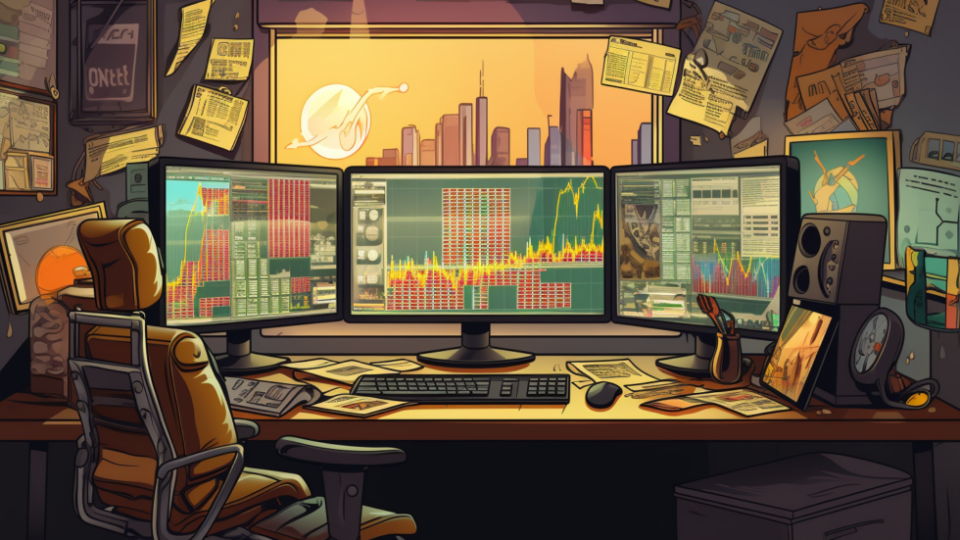The Original Trend Follower: How Ed Seykota Constructed A Prop Trading System From Scratch

What are your favorite books about investing? If Jack Schwager's "Market Wizards" makes the list, then you likely already know a little about the story of Ed Seykota.
Seykota built one of the first computerized trading programs and revolutionized technical analysis using moving averages and rules-based systems. How did he do it? With a bit of ingenuity and an IBM computing dinosaur.
Seykota was born in the Netherlands but immigrated to the United States at a young age before attending the Massachusetts Institute of Technology (MIT). With a degree in electrical engineering, Seykota had a head start on the computer-driven investment game before graduating in 1969. By 1970, Seykota had a brokerage firm job and began testing his strategies in the commodity futures markets.
Don't Miss:
Webull and Robinhood may have revolutionized stock market investing, but this prop trading firm is reshaping the game for profitable traders.
Inspired by trader Richard Donchian's work with moving averages, Seykota leveraged his engineering knowledge to construct a trading system that formulated trades through an IBM computer, which was very high-tech for the 1970s. Seykota ran numerous tests on his trading system — cleverly named Trading System — and found that trend-following strategies in the commodities futures markets were highly successful if traders followed specific rules. Seykota later went on to claim the three most significant components of a successful trade are:
Long-term trend
Present-day chart pattern
Good entry and exit points
Seykota realized that trying to pick tops and bottoms in the market was a fool's errand. Trends take time to form, and traders must collect as much information as possible to make decisions. Protective stops should be placed as soon as a position is entered; Seykota also preached cutting losses quickly and never riding out a trade to get back to even. Losers were to be swiftly kicked to the curb while winners were left to run.
"The trick is for a trader to develop a system with which he is compatible," Seykota said during his "Market Wizards" interview. "Systems don't need to be changed."
Using exponential moving averages as the basis of his trading system, Seykota ran his computer system every night to develop trade ideas for the next day. This commodities trading system allowed Seykota to amass $15 million in 12 years from a measly starting base of $5,000. Today, Seykota ranks as one of the top self-taught traders in the history of modern investing.
Trending: An award-winning prop trading firm offers up to $1 million in funding with just two simple rules. Find out how to get funded today!
But perhaps his most immense contribution to the industry is his focus on helping traders control their emotions. Seykota believed that emotional trading led to mistakes and poor performance and developed a group to assist traders in learning to limit overreactions when entering and exiting positions. Seykota called his group the Trading Tribe and published a book under the same name in 2005, which discussed the tools, strategies and practices needed to control emotions during turbulent bouts of trading.
Seykota's work with computers led the way to algorithmic trading, which is an essential piece in the modern prop trader's toolbox. If you have the programming know-how and think you have the temperament for prop trading, you've never had a more comprehensive selection of platforms to choose from, such as Trade The Pool for stock traders and Apex Trader for futures.
"ACTIVE INVESTORS' SECRET WEAPON" Supercharge Your Stock Market Game with the #1 "news & everything else" trading tool: Benzinga Pro - Click here to start Your 14-Day Trial Now!
This article The Original Trend Follower: How Ed Seykota Constructed A Prop Trading System From Scratch originally appeared on Benzinga.com
© 2023 Benzinga.com. Benzinga does not provide investment advice. All rights reserved.

 Yahoo Finance
Yahoo Finance 